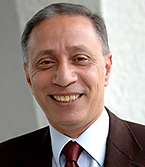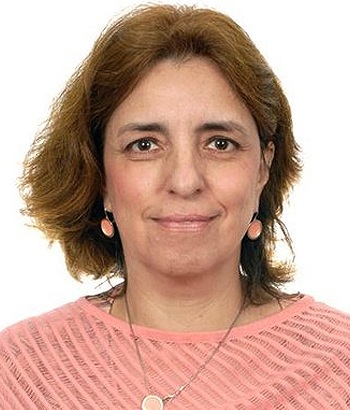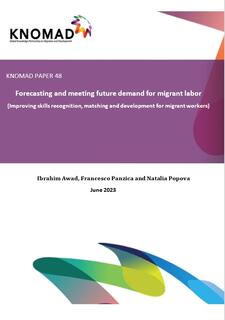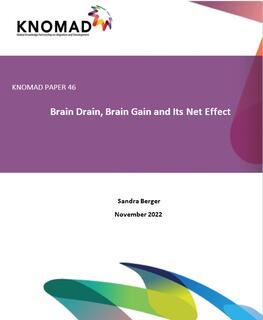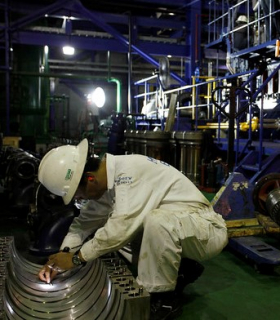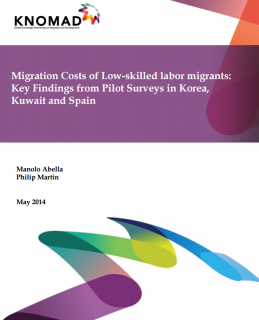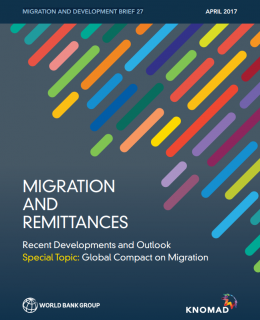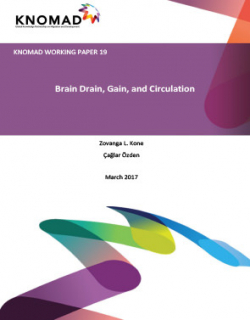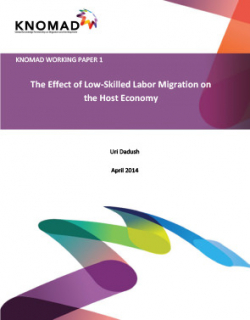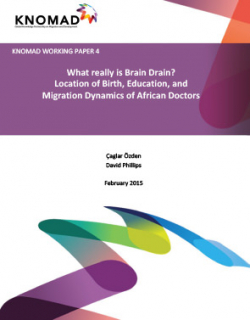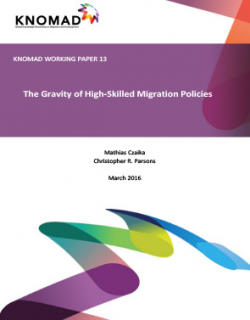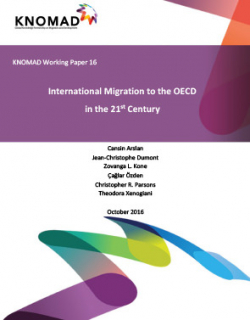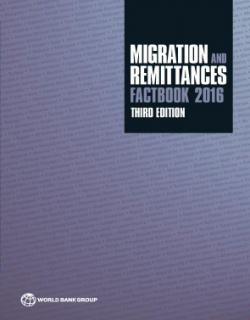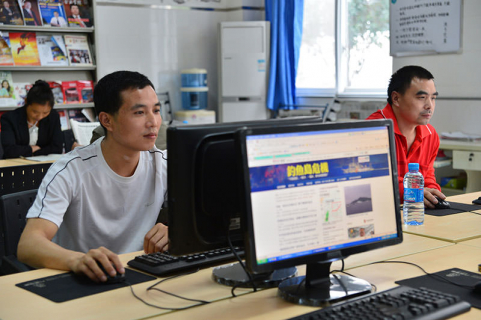Labor Migration
International labor migration can be broadly characterized by the movement of low and high skilled workers. International low-skilled labor migration is projected to increase over the medium- and long- term because of demographic changes, the growing need for such workers in high-income and emerging countries, and the lack of decent work opportunities in sending countries. Low- skilled migration has the potential to lift families out of poverty and to enable productive household investments in housing, education and additional income-generating activities. A key development objective for low-skilled migration is to enhance the welfare of migrant workers and their families by maximizing the benefits of migration and reducing its costs, particularly monetary costs associated with obtaining jobs abroad.
High skilled migration can have diverse and potentially opposing set of effects in sending countries, especially among those that have human capital shortages and face other development constraints. On one hand, emigration may lead to lower provision of services (such as education, healthcare and innovation) that are critical for growth and poverty reduction. On the other hand, high-skilled migrants integrate their home countries into the global economy by facilitating transfer of knowledge and financial resources and building numerous other economic, social and cultural linkages with higher income countries. In order to identify the development impact of high skilled migration, understanding emerging patterns is crucial, along with their linkages to underlying economic, social and cultural pull-and-push factors. A related objective is to identify and develop innovative approaches to facilitate the recognition of foreign skills, qualification and competencies of migrant workers at various skill levels to better facilitate integration into formal labor markets at destination.
Areas of Focus
- Work on advancing SDG Indicator 10.7.1 on recruitment costs incurred by migrant-workers to Tier 1.
- Help build capacity of national statistical agencies to collect recruitment cost data.
- Identify policies and interventions to reduce recruitment costs paid by migrant workers
- Analyze the impact of low-skilled migration on families left behind
- Identify the evolution of demand for migration labor in countries of destination in the short and medium-term
- Examine the brain gain proposition in Highly-skilled Migration (HSM)
Chairs and Focal Point
